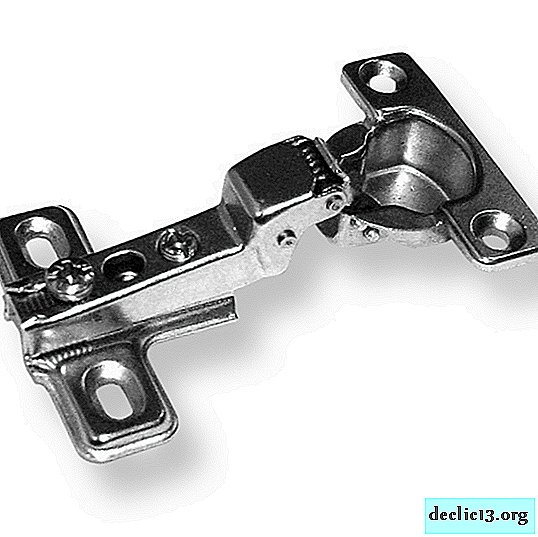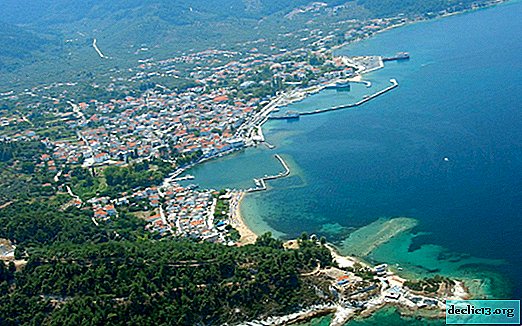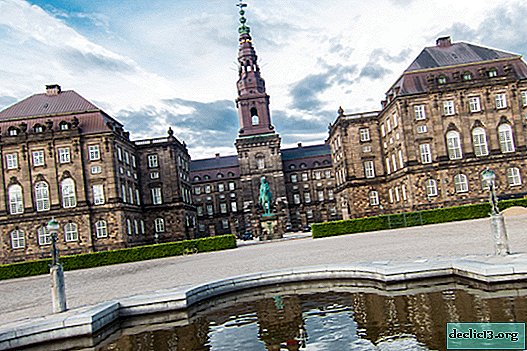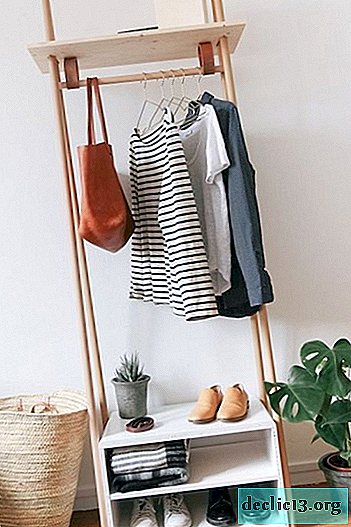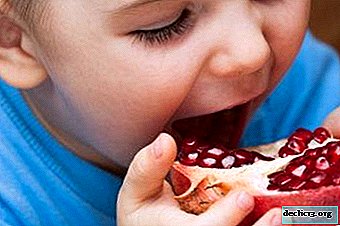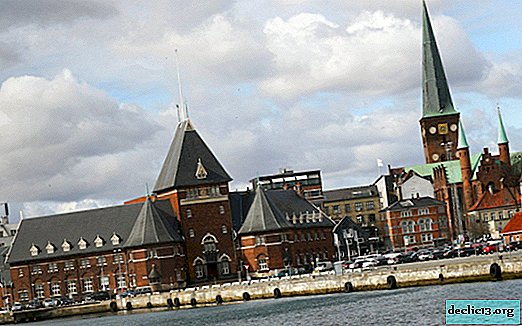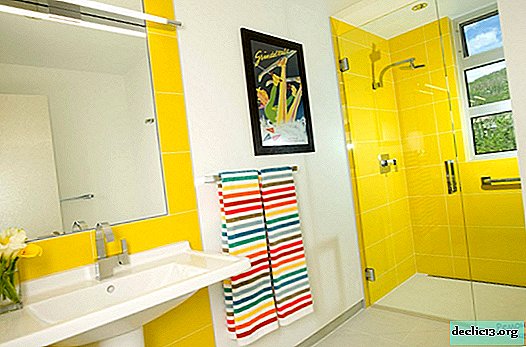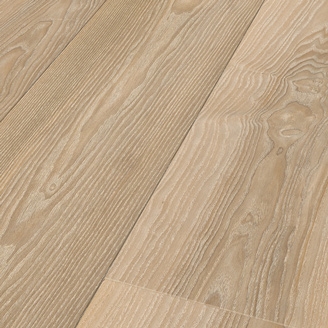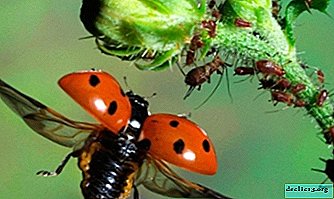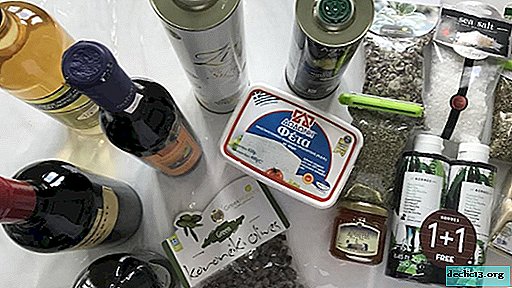Poinsettia Christmas Flower: home care after purchase and more
 The most beautiful euphorbia (Euphorbia pulcherrima), beautiful poinsettia (Poinsettia pulcherrima), Christmas flower, Star of Bethlehem are all the names of the same plant, which, according to popular beliefs, can bring prosperity and comfort to its owner’s house.
The most beautiful euphorbia (Euphorbia pulcherrima), beautiful poinsettia (Poinsettia pulcherrima), Christmas flower, Star of Bethlehem are all the names of the same plant, which, according to popular beliefs, can bring prosperity and comfort to its owner’s house.
Associations with the Christian holiday in the names are not accidental. It is on Christmas days that the bright lights of star flowers are lit over a hat of green foliage.
Beautiful euphorbia: how to care at home?
How to care for poinsettia at home (the name "poinsettia" is also found on the Internet), this beautiful Christmas star flower? The plant is unpretentious, the care process is not complicated, acceptable even for beginners. Let us consider in more detail all the nuances and features of growing poinsettia.
Photo
See below for a photo of the plant.



Lighting
For the comfort of poinsettia, diffused bright light should be provided, excluding direct sunlight. In summer, the best option is to take the plant out into the open air, but carefully protect the flower from rain. If only room contents of poinsettia are supposed, it is necessary to organize careful regular ventilation of the room.
Important! The lack of light in winter for the plant poses a threat of foliage dumping during flowering, so in the evening you need to organize additional lighting.In the autumn months, on the contrary, it will be necessary to achieve shortened daylight conditions.
How often to water?
A strict watering regimen is not for this Christmas beauty. Depending on the time of year, the hydration of the earth coma differs.
- In the summer, poinsettia needs frequent heavy watering, but, nevertheless, the plant is very afraid of dampness and overflows are not permissible for it. In order not to make a mistake, you need to feel the soil, maximally deepening your finger. If the earth is still wet at a depth of two centimeters, watering is canceled.
- In winter, after the end of the flowering period, watering should be moderate, without waterlogging and without drying out the substrate. Only warm, filtered water is used. Water until water begins to seep into the pan. Excess water from the sump is removed.
Temperature
Poinsettia requires regular maintenance of temperature. In summer and winter, it should not fall below 18 degrees. The room temperature for the plant is quite comfortable. The exception is the rest period, at this time the temperature is adjusted to 12-14 degrees. Sharp temperature fluctuations are absolutely excluded for a plant; it can lose leaves or refuse to bloom.
Soil composition
 Optimum for poinsettia is a slightly acidic substrate - a mixture of sheet and turf soil, sand and peat in a ratio of 3: 3: 1: 1
Optimum for poinsettia is a slightly acidic substrate - a mixture of sheet and turf soil, sand and peat in a ratio of 3: 3: 1: 1
It is very important to provide the plant with good drainage. To prevent soil compaction after irrigation, it is useful to carry out regular loosening or penetrate it through in several places for air intake.
Pot
There are no special requirements for the capacity in which poinsettia will live, but still too spacious pot she does not need - This threatens to retain moisture and rotting roots. It is enough if its diameter protrudes by 3 cm compared to the diameter of the crown.
Fertilizers
After the rest period from spring to autumn, regular fertilizing (every two weeks) with the mineral complex of fertilizers contributes to the beginning of poinsettia flowering. In the summer, the plant is optimal for fertilizing with full mineral fertilizer, and during flowering with potash for decorative flowering specimens.
It is better to fertilize in wet soil, optimally combine with watering.
Pruning
Poinsettia is characterized by rapid growth. To keep the bush neat and decorative, after each flowering, the plant is cut short (how to do it right read here). The thing is that new, delicate, colored leaves are formed only on young shoots.
Cutting the flower leaves stems about 10 cm high from the soil. In the future, they simply maintain the shape of the crown, avoiding thickening. The processes remaining in the process of thinning can very well be used as planting material if the plant needs to be propagated.
Transfer
 Poinsettia needs an annual transplant, which should take place in April-May. In March, the stems are cut by a third and contain the plant in a warm, well-lit room, pouring with warm water. After the appearance of fresh leaves, the flower is transplanted.
Poinsettia needs an annual transplant, which should take place in April-May. In March, the stems are cut by a third and contain the plant in a warm, well-lit room, pouring with warm water. After the appearance of fresh leaves, the flower is transplanted.
- In a new, larger pot, drainage is done, the soil is poured a few centimeters and the plant is moved into it, by transshipment.
- The voids are filled with soil.
- After the room maintain a constant temperature of 20 degrees.
What to do immediately after purchase?
Immediately after the purchase, it is necessary to ensure proper care for poinsettia at home. The acquired flower can be placed on the windowsill with a lot of sunlight and without drafts. Painless acclimatization to the plant is guaranteed in a room with a temperature of at least 16 degrees. Addiction to new conditions will last three weeks. After this time, the flower should be transplanted from the store container with transporting soil into a new pot with universal soil, in which you need to add a little sand and vermiculite. It is also important to remember good drainage.
Given that the purchase of poinsettia is in the winter, give up the idea of acquiring it in the markets. There is a high risk of getting a plant with frozen roots.
Features of growing flowers in the open ground
- Successful poinsettia cultivation requires fertile, drained soil. You can place the plantation in partial shade, as poinsettia planted in open ground does not like direct sunlight.
- The need for fertilizing directly depends on the fertility of the soil. If there is no problem with this indicator, fertilizer is applied once a month according to the scheme 12-12-12, if the soil fertility is not high, the scheme is changed to 20-20-20.
- Watering is carried out at the base, as the soil cover dries. So that poinsettia is not affected by fungal diseases, it is important to prevent stagnation of water. Also, loosening the soil after irrigation according to the diameter of the crown.
Will it survive the winter?
Wintering under the open sky of poinsettia is not possible. Safe temperature at which the plant can remain in the open ground, +7. If the thermometer falls below this value, the plant is dug up and kept indoors.
How to take care in the winter at home?
 Acquired in December, the plant blooms intensely for two months, during which the poinsettia should be kept in a well-lit warm room, and after which there will be a period of rest. You can understand that the plant is falling into a dream by the new green leaves above the bracts. The bracts themselves wither and fall.
Acquired in December, the plant blooms intensely for two months, during which the poinsettia should be kept in a well-lit warm room, and after which there will be a period of rest. You can understand that the plant is falling into a dream by the new green leaves above the bracts. The bracts themselves wither and fall.
- In February, the stems of the plant need to be cut to 15 cm in height, keeping 4-5 buds on each.
- The flower is placed in a darker place and watering is significantly reduced.
- The earth should be moistened once every ten days, avoiding overdrying.
- Fertilizers to exclude.
- If possible, you need to lower the temperature to +14.
What to do if it does not bloom?
To preserve the decorative appearance of the beautiful poinsettia from the time of purchase in November to the beginning of the rest period in February, it is necessary to provide her with the following conditions:
- A well-lit window sill (with a covered radiator).
- Lack of drafts.
- The temperature is not lower than +20.
- Always hydrated earthen lump.
- No excess moisture in the pan.
If poinsettia is not a new guest in the house and its next annual flowering does not want to advance, you can use Albert Ekke's technology. To create this tropical flower long (up to 14 hours) dark nights and short days with the help of a dark film or cap that completely does not allow light to pass through.
Diseases and Pests
- Excessive waterlogging of the soil or insufficient watering leads to wilting and falling of leaves.
- Low temperatures or drafts can cause leaf dropping without signs of wilting.
- Inadequate lighting also leads to leaf withering and falling.
- If the air in the room is dry or the plant is hot, the edges of the leaves turn yellow or turn brown, and the inflorescences fall off.
- Poinsettia is often affected by a spider mite. This is indicated by yellow dried leaves or the death of parts of the plant.
- Curled leaves with oblong wavy spots, a sign of thrips.
- Worms cause great damage to the plant. Their appearance is indicated by the formation of honey dew on the leaves.
What to do if the plant sheds its leaves in December or suffers from other ailments, we told in a separate article.
If once the paths of the grower and poinsettia intersect, then parting is no longer possible. And without that, the magical Christmas holiday, thanks to this amazing plant, takes place in awe of the blooming of unforgettable stars.

